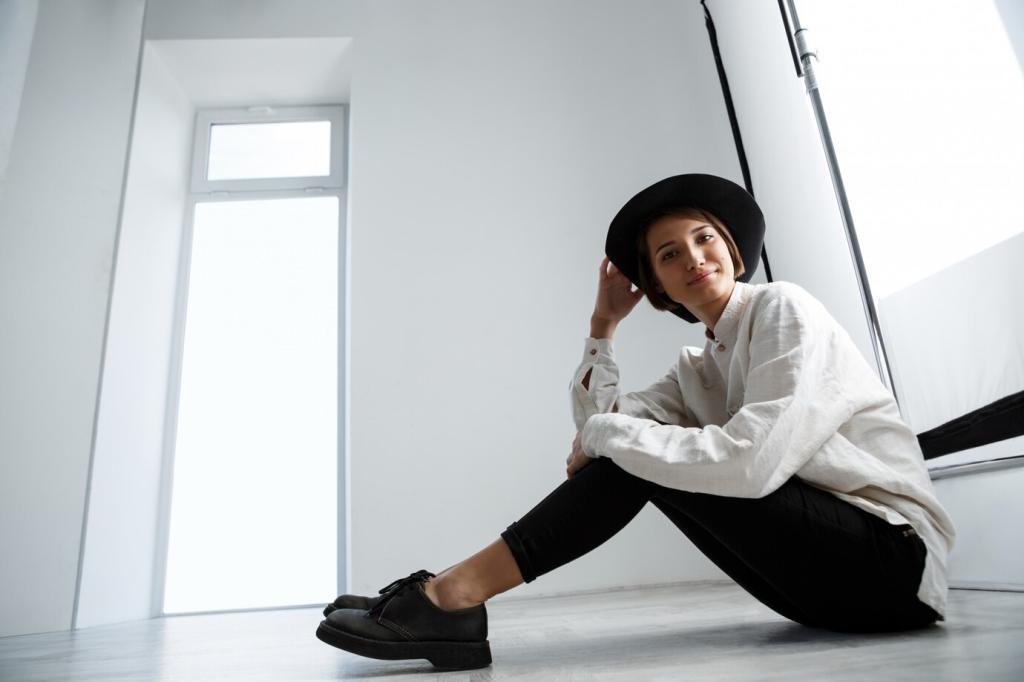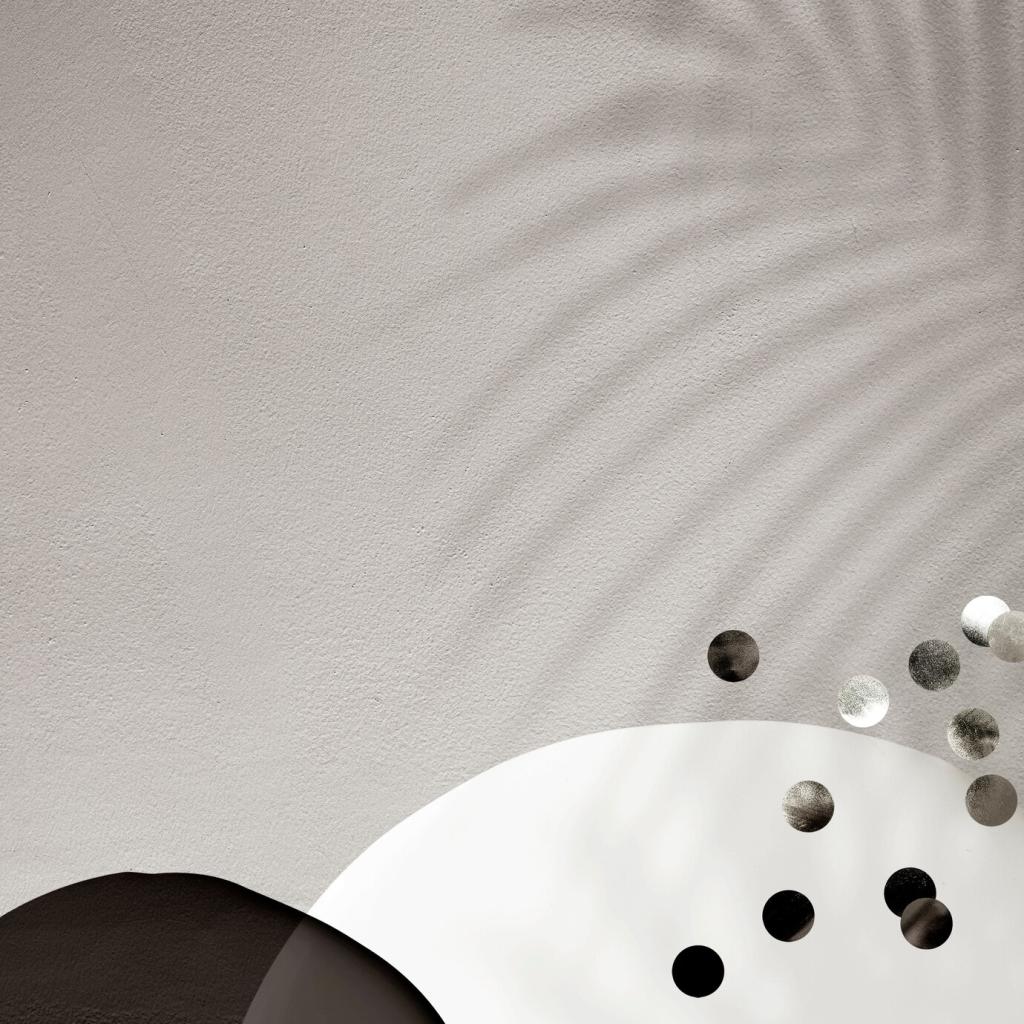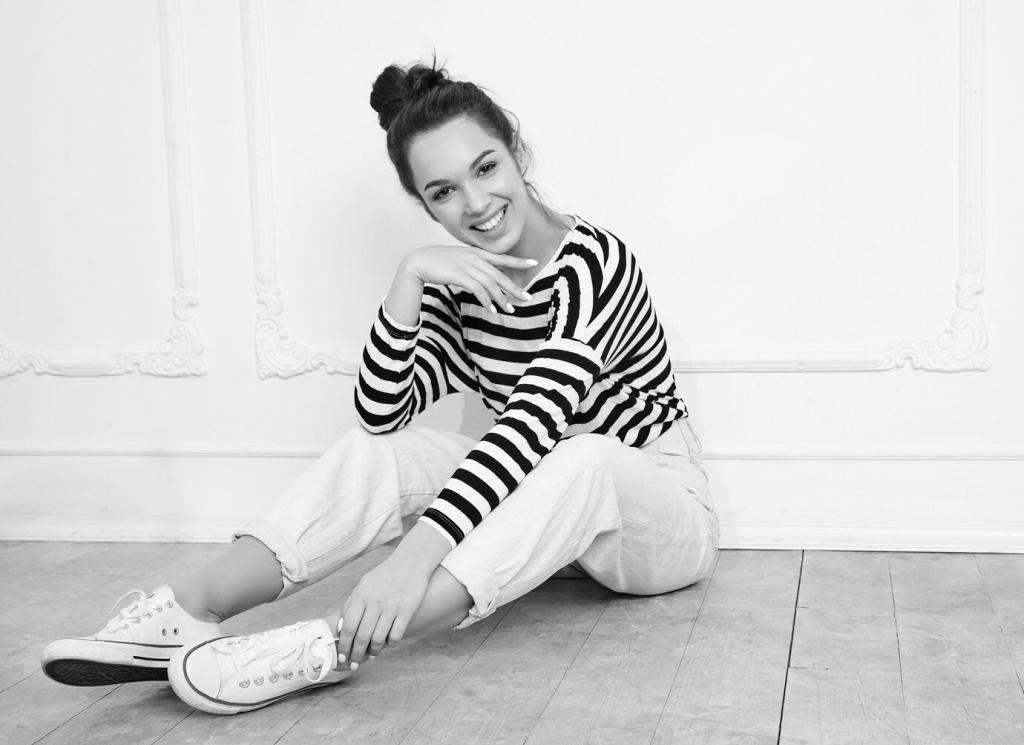Incorporating Nature into Minimalist Home Designs
Chosen theme: Incorporating Nature into Minimalist Home Designs. Step into a calm, uncluttered world where sunlight, organic materials, and living textures bring quiet joy to every room. Explore practical ideas, heartfelt stories, and sustainable choices that make simplicity feel alive. Share your thoughts, ask questions, and subscribe for fresh, nature-forward minimalism inspiration each week.


Biophilic Minimalism: The Heartbeat of Calm
Before adding objects, curate what you already have: daylight, airflow, and a clear line of sight outdoors. Open sightlines with low furniture, use sheer curtains, and invite cross-breezes. Notice how your breathing slows. Comment with your window orientation and we’ll suggest daylight strategies that suit your home.
Biophilic Minimalism: The Heartbeat of Calm
Minimalism loves openness, but nature thrives with subtle zones. Use a plant cluster, a jute rug, or a pale oak bench to define space without visual heaviness. It’s flexible, affordable, and kinder to small rooms. Share a photo of your trickiest corner; we’ll help you zone it beautifully.
Material Palette: Quiet Tones, Honest Textures
Wood That Ages Gracefully
Choose species with soft grain and light finishes—ash, oak, or maple—to keep rooms bright. Let subtle knots and growth lines show; they add soulful depth. Oil or hard-wax finishes keep a matte, touchable feel. Ask us about your climate, and we’ll suggest finishes that hold up beautifully.
Stone, Clay, and Lime: Grounded Surfaces
A honed stone countertop, clay vessel, or limewashed wall provides tactile warmth without visual noise. Matte textures soften daylight and hide fingerprints better than gloss. Start small with a clay vase on a wooden tray. Share your favorite stone tones, and we’ll suggest complementary textiles.
Textiles That Breathe
Linen, wool, and cotton canvas layer softness into austere rooms while staying authentically natural. Keep prints minimal; rely on weave and drape for interest. A single linen throw can shift the mood. Tell us about your climate, and we’ll recommend seasonally adaptable textile combinations.
Plants as Architecture: Sculpting Space with Green
Consider a rubber plant, olive tree, or bird of paradise for elegant structure. They read as intentional design elements while offering gentle movement. Keep planters matte and neutral, slightly elevated on stands to maintain visual clarity. Ask about pet-safe options, and we’ll share our favorite list.
Minimalism values rhythm. Turn plant care into a weekly ritual: dust leaves, rotate pots, check moisture with your fingertip. Play quiet music; open a window. Over time, this becomes a meditative break. Share your routine and frequency, and we’ll help you fine-tune watering and light.
Rotate one or two accent plants by season to keep energy fresh—herbs in spring, a feathery fern in summer, branches in a tall vase for winter. Store extra planters neatly. Subscribe for our quarterly plant rotation guides with regional tips and low-maintenance suggestions.

Daylight First, Fixtures Second
Map how sun travels through your rooms, then position seating and work surfaces to meet it. After that, layer warm, dimmable fixtures to mimic dusk. Hide sources, reveal glow. If you share your window orientation and ceiling height, we’ll recommend fixture types that blend seamlessly.
The One-Accent Rule
Pick one botanical accent color—a muted sage, eucalyptus, or olive—and repeat it sparingly across textiles or art. Consistency calms the eye and reinforces the nature narrative. Want help choosing a tone? Tell us your floor color, and we’ll propose a harmonious green that never clashes.
Reflective Surfaces, Not Shine
Instead of glossy finishes, use soft reflectors: pale walls, limewash, satin ceramics. They bounce light gently, keeping the mood organic. A slim mirror opposite a window can double greenery without visual noise. Comment with your wall finish, and we’ll suggest subtle upgrades that feel natural.
Layout and Flow: Seamless Indoor–Outdoor Living
Negative Space as a Design Tool
Leave air around your most beautiful elements—the window, a plant, a sculptural chair. This restraint makes every piece feel curated. If you’re unsure what to remove, try a weekend edit: box items temporarily and notice what you truly miss. Report back; we’ll help decide what returns.
Thresholds That Invite
Create gentle transitions using texture rather than clutter. A coir mat, stone step, or wooden slat bench signals arrival without excess. Add a single branch arrangement to greet the eye. Tell us about your entryway width and light level, and we’ll tailor a minimalist threshold plan.
Small Balconies, Big Impact
A narrow bench, two planters, and a lantern can transform a compact balcony into a green retreat. Keep lines simple and finishes cohesive. Echo one material indoors to unify the story. Post your balcony dimensions, and we’ll suggest plant heights and furniture footprints that fit perfectly.
Sustainable Choices: Beauty with a Conscience
Prioritize low-VOC paints, hard-wax oils, and plant-based sealers. They reduce indoor pollutants while preserving the material’s tactile honesty. Ventilate well during application. Share your preferred brands or constraints, and we’ll recommend options that balance performance, price, and environmental responsibility.

Stories from Real Homes: Minimalism That Feels Alive
The Olive Tree in a Studio Apartment
Maya placed a slender olive tree beside her south window and removed two decorative shelves. Suddenly the room exhaled. The tree’s silhouette replaced visual chatter, and morning light painted gentle shadows. Tell us your room’s sun exposure, and we’ll suggest an equally sculptural, space-smart plant.
From Busy Entry to Serene Landing
A family swapped hooks and baskets for a single oak rail, one bench, and a jute runner. Shoes tucked beneath, keys in a clay bowl, a branch in a tall vase. Function improved, stress dropped. Share your entry challenges, and we’ll propose a minimalist, nature-forward reset.
A Work Nook That Welcomes Focus
Jin reoriented his desk to face a window with a tree view, added a linen pinboard, and introduced a rubber plant. Distractions fell away; creative flow returned. If you describe your workspace, we’ll map three adjustments to bring nature’s calm into your daily routine.

